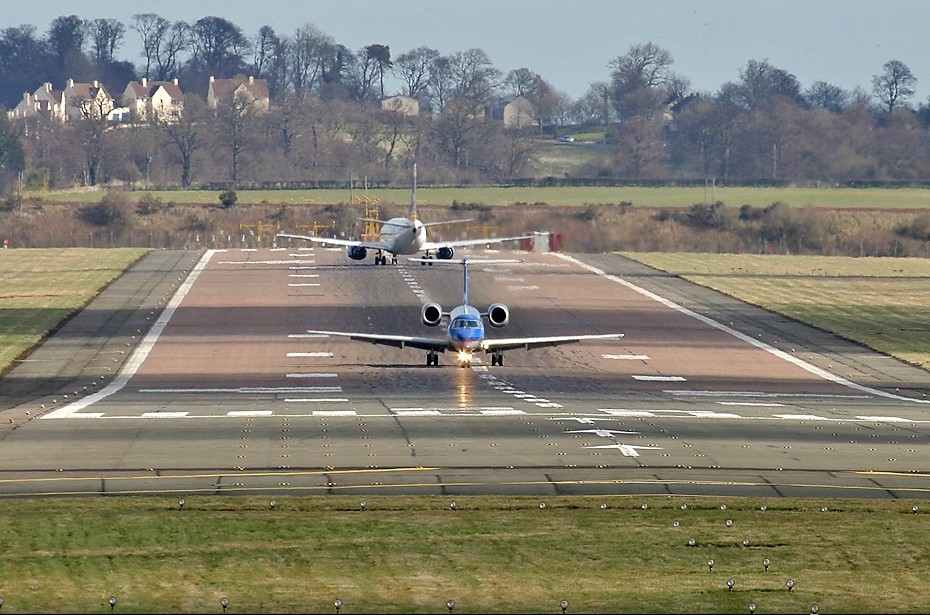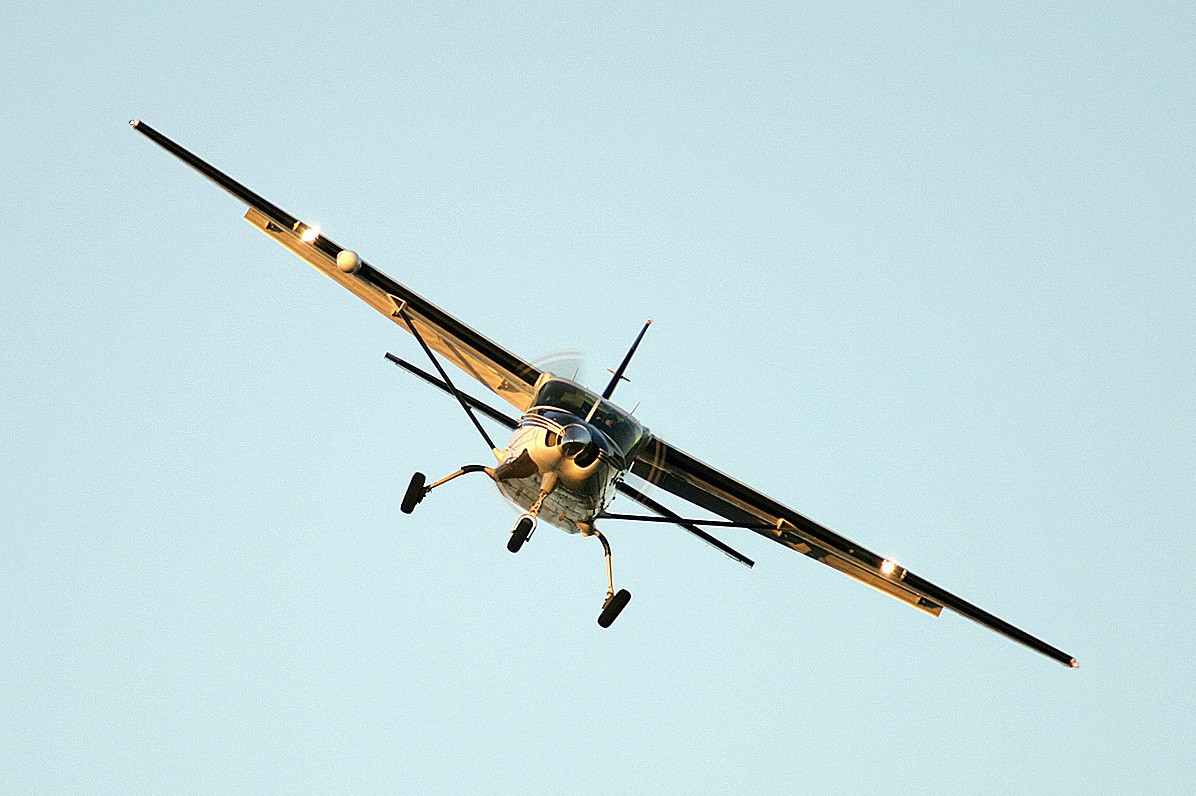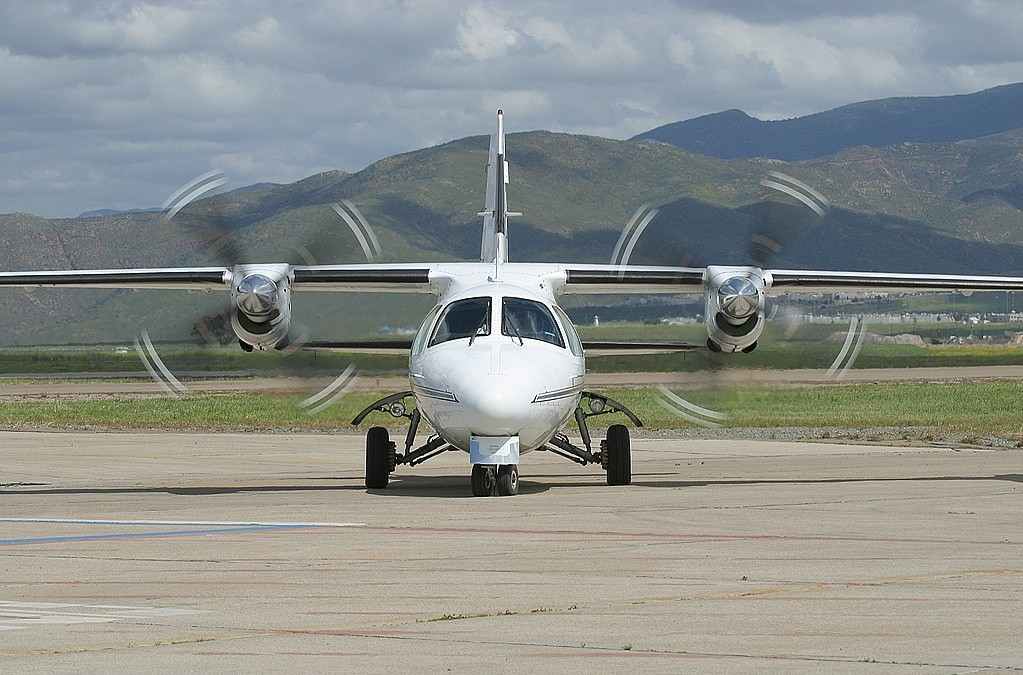
HOME MISSION PERSONNEL SERVICES AFFILIATIONS ASK US CONTACT
- BUSINESS & COMMERCIAL AVIATION CONSULTING
- AVIATION SAFETY AUDITS & RISK MANAGEMENT
- AVIATION SAFETY TRAINING
- AIRCRAFT ACCIDENT INVESTIGATION & RECONSTRUCTION
- SELECTED AVIATION MISHAP CASES
- AIRCRAFT CASUALTY ADJUSTING
- AIRCRAFT APPRAISAL SERVICE
- LITIGATION SUPPORT



AVIATION SAFETY OFFICER
Key to the operation of an excellent aviation safety program is formal training of an Aviation Safety Officer who acts as the program manager. Without a manager with formal training in aviation safety, most programs are run ad hoc or worse, on tombstone or blood priority (control measures after the fact).
Traditional aviation accident causation models have focused on the unsafe act or unsafe condition as the cause of accidents. Remedial preventive measures are directed at the unsafe act or condition. Forensic Aerospace uses an accident causation model that goes further in depicting the cause of aircraft accidents. This model stresses that defects in the organizational system are the cause of aviation mishaps. Use of this Causation Model in analyzing safety deficiencies allows the flight organization to eliminate the root cause (system defects) of these deficiencies.
Our ASO program uses the Accident Causation Model as a teaching modality to analyze a flight operation for organizational defects. The comprehensive training course includes human factors, risk analysis, prevention methodology, aviation safety program implementation and management, mishap reporting systems, internal safety inspection procedures, safety award programs, and mishap preparation and investigation. It includes practical training exercises including mishap analyses and is taught by experienced flight safety and accident investigation personnel.
This five day course is designed for Part 91 corporate fleet operators, Part 135 operators, or Part 121 carrier operators involved in multiple aircraft and pilot operations. The course prepares the flight line manager, aviation program manager, supervisor, chief pilot, or flight operation owner to design, implement, and manage an aviation safety and mishap prevention program for their particular flight operations.
FIVE-DAY ASO COURSE SYLLABUS
Day One
- Welcome to Program and Orientation
- Economics of Aviation Safety
- Costs of Aviation Risks
- Uninsured Costs of Aviation Accidents
- Accounting for Aviation Accident Costs
- Basic Aviation Safety Concepts
- What is "Aviation Safety?"
- Definition of Aviation Safety Terms
- Safety Versus Operational Efficiency
- Randomness of Aviation Mishaps
- Root Causes of Aviation Mishaps
- Conservatism Versus Change
- Aviation Risk Management
- Theory of Risk Management
- Hazard Identification and Assessment
- Risk Assessment
- Hazard Reduction and Elimination
- Risk Acceptance
- Risk Management Logic
Day Two
- Human Factors in Aircraft Accident Prevention
- Human Performance Factors
- Physiological Factors
- Psychological Factors
- Personality Factors
- Psycho-Social Factors
- Physical and Ergonomic Factors
- The Deadly Dozen: Twelve Factors in Aviation Mishaps
- Lack of Effective Communication
- Complacency
- Lack of Procedural or System Knowledge
- Distraction
- Lack of Crew Coordination or Teamwork
- Fatigue
- Lack of Resources
- Pressure
- Lack of Assertiveness
- Stress
- Loss of Positional or Situational Awareness
- Routine Error Acceptance
- Resolution of Human Error
Day Three
- Mishap Prevention Methodology
- Standards of Safe Operations
- Safety Standard Compliance
- Hazard Identification
- Resolution of Hazards
- Motivation of Safe Behaviors
- Punishment: Does it Prevent Accidents?
- Aviation Safety Programs
- Aviation Safety Program Construction
- Aviation Safety Program Elements
- Internal Hazard Reporting Systems
- Aviation Safety Committees
- Aviation Safety Awards Program
- DOT Drug and Alcohol Program
- Analytical Techniques
- Accident Rate Calculations
- Cost/Benefit Analysis
- Hazard Analysis
- Risk Analysis
- Accident Causation Models
- Personnel Opinion Surveys
Day Four
- Aviation Safety Inspection Programs
- Purpose and Scope of Inspection Programs
- Formal Inspection Procedures
- Flight Operations Safety Inspections
- Maintenance Safety Inspections
- Facilities Safety Inspections
- Reporting Formats
- Aviation Safety Program Development
- Developing an Aviation Safety Program
- Aircraft Maintenance Safety
- Flight Line Safety
- Passenger Safety
- Contractor Safety
- Airport/Heliport Environment Safety
- Foreign Object Damage (FOD) Control
Day Five
- Aviation Safety Program Management
- Administration
- Mishap Reporting
- Hazard Reporting
- Internal Safety Audits
- Aviation Safety Committee
- Program Evaluation
- Aviation Safety Education and Training
- Principles of Instruction
- Safety Indoctrination for Management Personnel
- New Personnel Training
- Hazmat Training
- Pre-Mishap Plans and Investigation
- Pre-Mishap Plan Construction
- Training and Exercises
- Summary and Critique
- Graduation